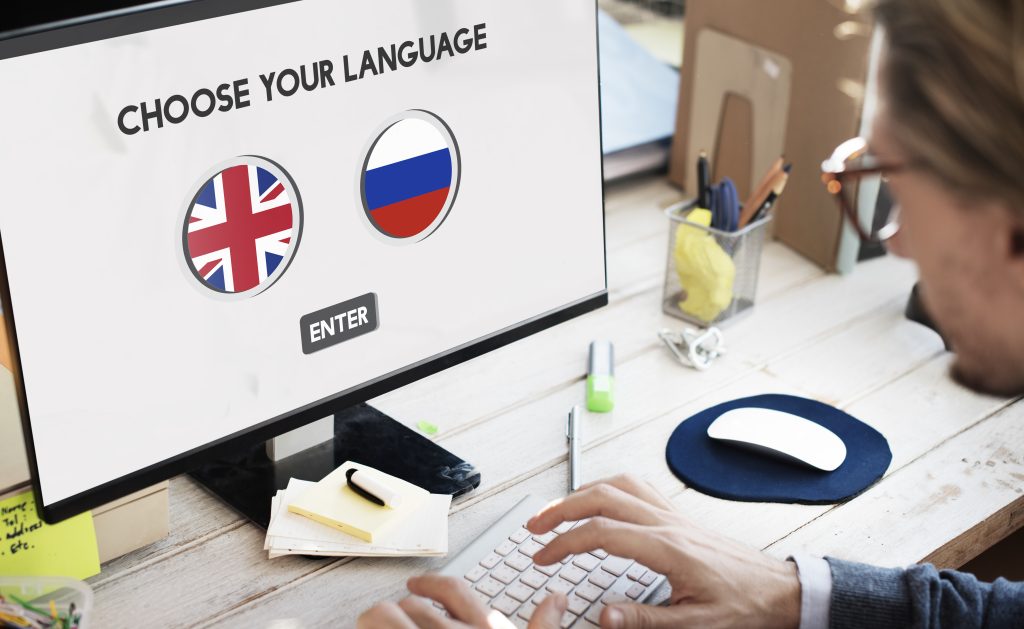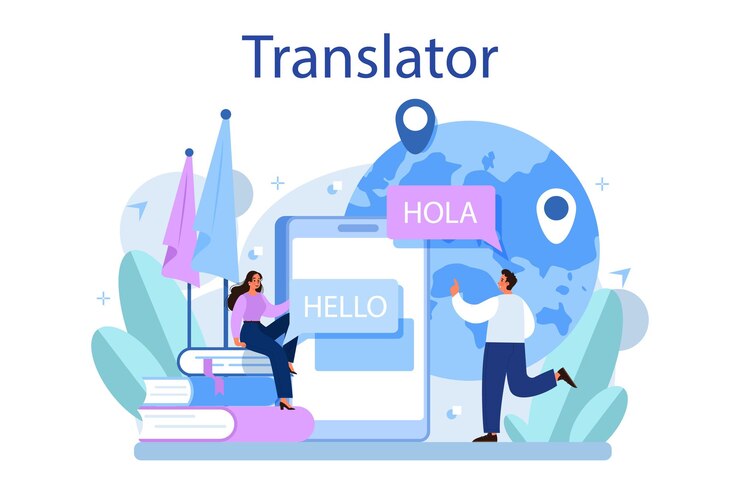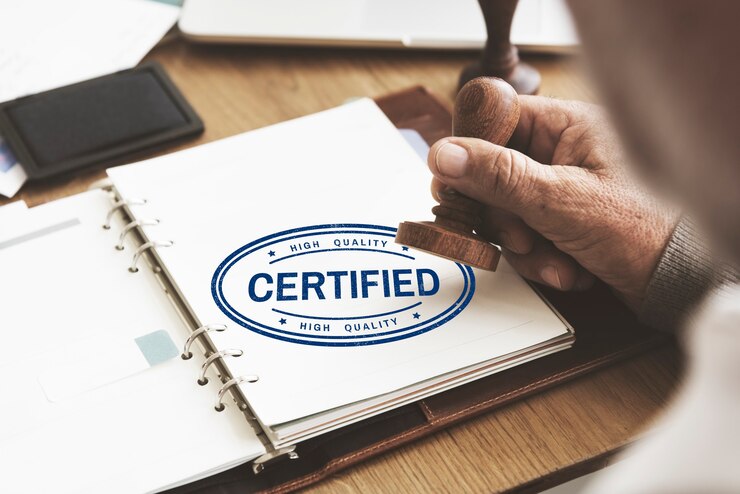Rapid Translate Team
Usually, all certified translations carry stamped and signed certificates of accuracy. These certificates indicate that translations are complete and correct. However, some certified translations also require notarizations. An apostille translation is sometimes necessary since a notarization is only valid in the issuing country.
Notarizations are typically subject to a country’s laws. So, if you need to send a document outside your home country, you must add an apostille to the notarization.
An apostille authenticates a notarization, making it valid in countries that joined The Hague Convention. This post discusses everything surrounding this topic — let’s discuss it!

Table of Contents
What Is an Apostille?
An Apostille is a certificate that authenticates a public official’s signature on a document for use in another country. An apostille certifies the authenticity of the official’s signature on a document. It also certifies the public official’s capacity and the seal stamp’s identity on the document.
An apostille allows a public document from a country to be valid in a foreign country. By itself, this document does not indicate whether the contents of another document are correct. It only certifies that the document is authentic. This is exactly what an apostille is.
Although many people mistake apostilles for authentications, these are both quite different. The apostille originates from The Hague Convention of 1961. This convention abolished the legalization requirements for foreign public documents among its signatory countries.
Under that convention, signatory nations agreed to accept public documents from other signatory countries if they meet the conditions. In this case, the condition is the addition of the apostille, which became an internationally recognized form of authentication.
This document ensures that public documents enjoy high acceptance levels even in other countries. Also, they do not require an extra consular or diplomatic legalization to be valid. You’ll need an apostille for your documents if you’re looking to study or work abroad. Notarizations of translated documents require apostilles as well.

Why You Need an Apostille Translator
When translating documents for use abroad, you must follow some specific criteria to ensure that those documents are valid. An apostille may be necessary for translations that require a stamp and a signature from a Notary Public. In such cases, you’ll need an apostille translator after getting the apostille.
You might have another step to go if you’ve gotten an apostille for your original document or a notarized translation. When this document is in a language different from your target country’s, translation is also necessary.
You must understand that accuracy is paramount in these kinds of translations. So, you must hire an expert and experienced translator for your documents. However, you must also seek a translator with the necessary experience when dealing with apostilles.
Fortunately, many translation companies and agencies offer apostille translations. Most translators cannot translate these documents accurately due to their complicated nature. That is why you should consider agencies since they normally hire specialists with experience in the field.
When ordering your certified translation or a notarization, inquire about your apostille translation. However, overall, apostille translators are not popular due to the technicality of the job. That notwithstanding, you can always get one to create the best results.
You’ll need this service when applying for a second citizenship or entry into another country. This is because common documents like your birth certificate, identity history, or parent’s death certificate usually require apostilles.

Who Can Provide Apostille and Translation Services?
Any expert translator can help out with apostille and translation services. However, there aren’t many qualified professionals who can accurately translate these documents. Of course, this translation comes with higher stakes. So, the document is usually more complex, making it harder to translate.
Since getting a trusted translator is tricky, consider hiring an agency. Translation agencies have larger resources and more experts who may be familiar with the documents. However, it would help if you always insisted on a professional with experience.
When choosing an agency, research to find one that best aligns with your needs. Always check reviews on third-party sites, social media platforms, and business profiles. After collecting a list of options, visit their sites to check out their services.
Although expert translators help with the translation process, only competent government agencies issue apostilles. The country’s Ministry of Foreign Affairs usually oversees the process. The Secretary of State issues these documents in the US for each state.
Since translators usually understand this process better, they can help you through it. If you subsequently need to translate the apostille certificate, they’d also come through. However, besides translations, vital records from the government require this extra authentication.

How To Get a Document Translated and Apostilled
Do you wish to translate and apostille a document? While this may appear to be a complex process, it is indeed simple. Of course, the exact process differs by country and state. However, there is a common baseline to follow, regardless of location. Read on to learn how to get a document translated and apostilled.

1. Request a Certified Translation
Most documents that require an apostille also need certified translations. Although you can opt for certified translation agencies near you, online companies are also an option. Agencies like Rapid Translate offer reliable certified translations of different documents in many languages.
The company’s experienced translators provide for your translation needs since they understand the requirements for certified translations. Its services cut across multiple documents. Well, it strongly understands the requirements for this type of translation. So, you’ll certainly get the best results within the fastest turnaround time.

2. Get Notarization From a Notary
After getting your certified translation, find an authorized official to notarize it. County clerks and other public officials with the authority can act as notaries in many states. Alternatively, many translation agencies offer notarizations alongside translations for extra fees.
Since notarizing translated documents in other languages can be risky, many notaries keep off. You should consider experienced expert translators like Rapid Translate for your tasks. Since they offer more reliable services, getting notarized usually has no problems.

3. Mail the Document to Get It Apostilled
Finally, get an apostille request form from your translator, fill it out, and mail it with your documents to get it apostilled. Usually, the Secretary of State office charges small fees for this service. The number of apostilles you receive will ultimately depend on the number of notarization certificates you submit.
After the Secretary of State’s office has finalized your documents, it’ll send them back to you. In some instances, you may also need to translate the apostille. These requests usually take one or two business days. So, consider using a faster shipping service if you’re trying to save time.
Are you looking for a reliable translation company to provide apostille translation for you? Look no further because Rapid Translate helps you upgrade your global communication capabilities.
We’re your best bet whether you’re expanding your business, connecting with others, applying for citizenship, or moving abroad. Our effective translation services help you overcome language differences and travel the world. Order now to enjoy limitless communication!





